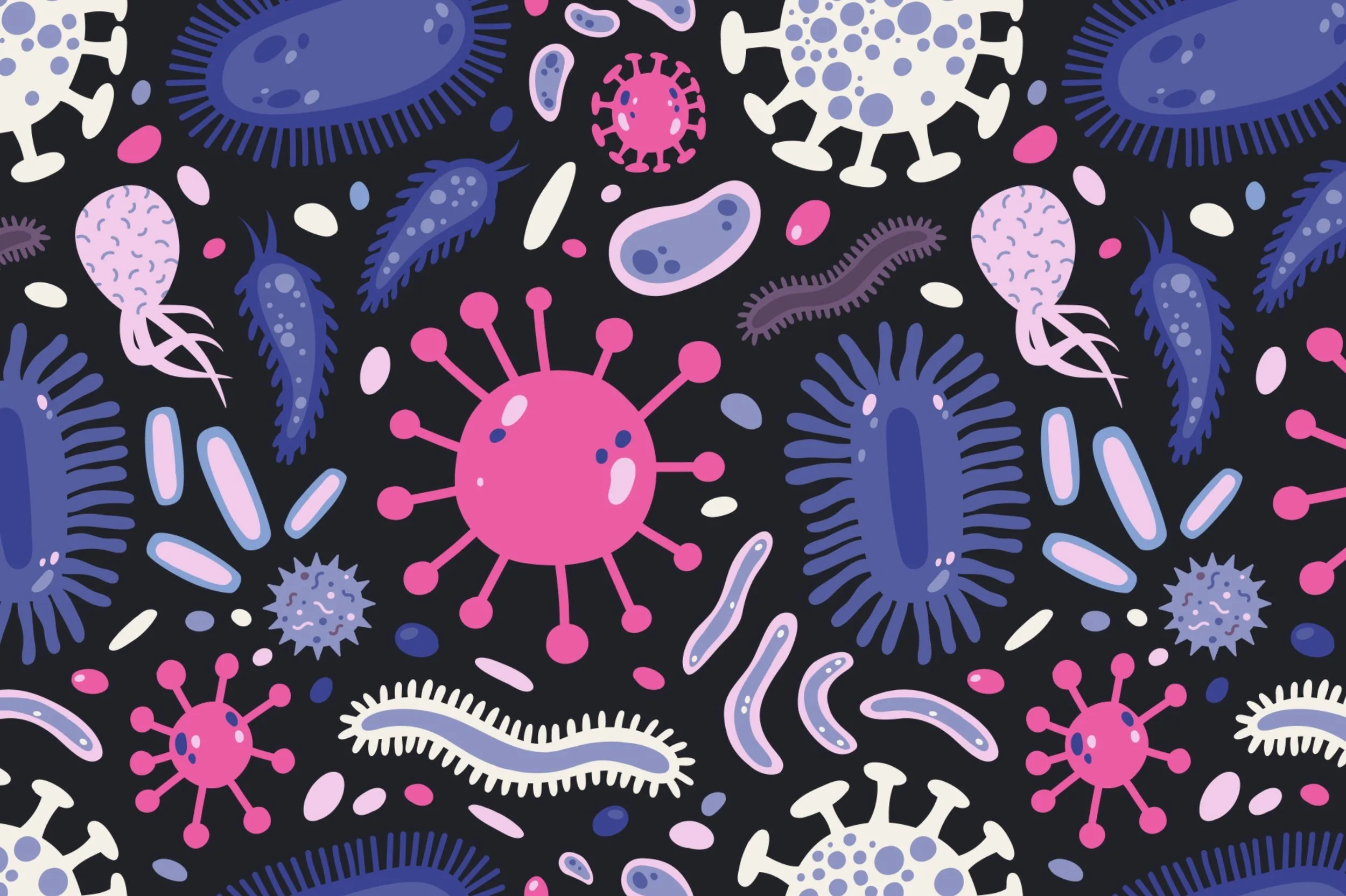Cellulases of print-degrading microorganisms
Author: Zhazira Iskarova
Abstract
Printed products, especially when stored for long periods under inappropriate conditions, may be subject to "deterioration" which can be carried out by microorganisms. Microorganisms that damage paper exert their effects through the production of a number of enzymes, such as cellulases. These enzymes break down cellulose to glucose, which is what the microorganisms settle on paper to feed on. Previous research has identified the use of any volatile compounds that are not damaging to the paper but have a negative effect on the microorganisms as one of the most effective ways of protecting printed products.
By culturing microorganisms from book fragments, their cellulolytic activity was investigated. As a result, one pure micromycete culture and 2 pure bacterial cultures were isolated. Further, the effect of Artemisia absinthium (wormwood) on the ability to limit the growth and development of isolated microorganisms was examined.
Cellulase activity was recorded in all isolated species, but this activity was higher in bacteria than in micromycetes. When different amounts of Artemisia absinthium decoction were added to the microbial nutrient, it was found that the inhibition of microbial growth was proportional to the amount of decoction added. Both micromycetes and bacteria grew the worst when 2 ml of A. absinthium decoction were added - under these conditions, their growth was almost completely inhibited. In distant contact (A. absinthium shoots were in a Petri dish lid) the inhibitory effect was observed but was rather weak.
Cellulases of print-degrading microorganisms could potentially be used in biotechnology. Biologically active substances in A. absinthium can limit the growth of microorganisms damaging printed products during long-term storage and thus can be used as an alternative for expensive disinfectants used in book storage.
